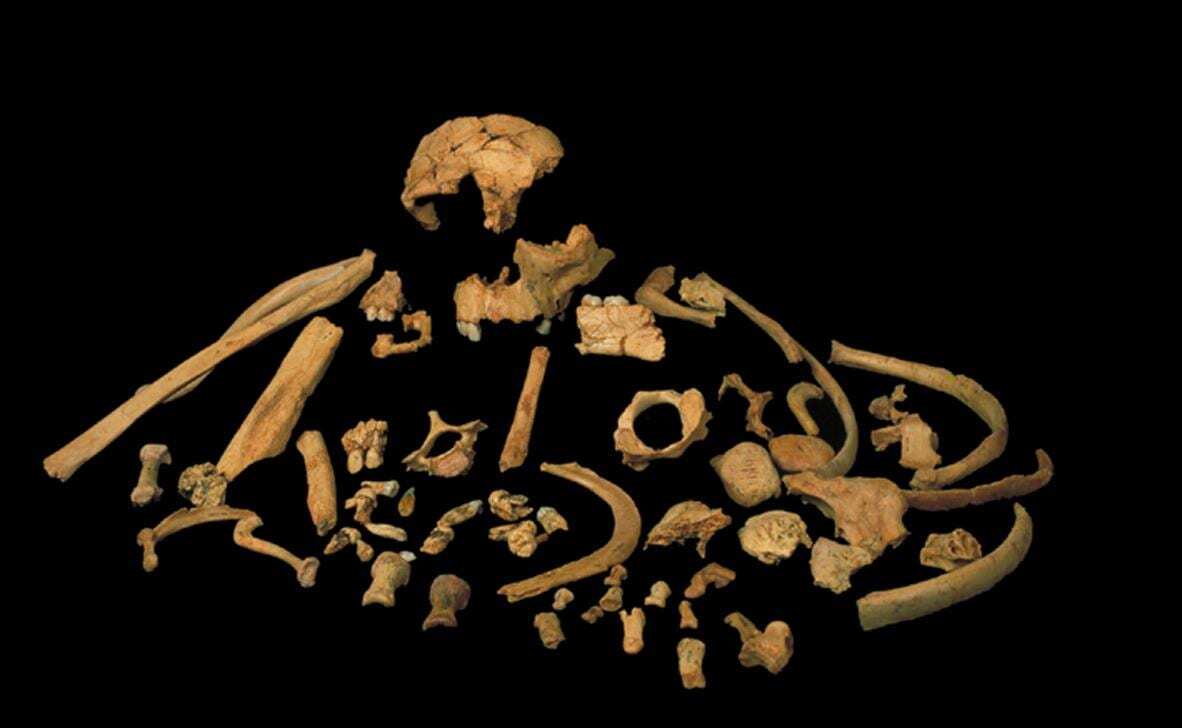The Centro Nacional de Investigación sobre la Evolución Humana (CENIEH) has led a new international study published in the journal Quaternary Geochronology, about the direct dating of a fossil tooth of Homo antecessor from the unit TD6 of the archaeological site of Gran Dolina in the Sierra de Atapuerca (Burgos, Spain).
In the work, a time range of between 772,000 and 949,000 years was found for this species of the Lower Pleistocene, so confirming earlier indirect datings.
In order to carry out this dating, a leading-edge methodology was employed, combining high-resolution Uranium-Thorium analysis using laser ablation coupled to a mass spectrometer and measurements of a fragment of enamel by Electron Spin Resonance (ESR).
“We used the same special protocol that had previously worked successfully with the fossil remains of Homo naledi and the oldest Homo sapiens found outside Africa” says Mathieu Duval, member of the Geochronology and Geology Program of the CENIEH and now at the Australian Research Center for Human Evolution at Griffith University (Australia)
“By combining direct dating of the piece with a new, more precise paleomagnetic study of the deposits of the stratigraphic unit TD6, it was possible to obtain a dating which is consistent with the previous indirect estimates based on the sediment or fauna associated to the hominin remains”, the researcher adds.
Collective work
To obtain this dating and overcome the different challenges which arose over the study duration of almost three years, collaboration was needed from specialists in different scientific disciplines such as geochronologists, geologists, archaeologists and paleoanthropologists, among whom are included several researchers from the CENIEH such as Josep María Parés and José María Bermúdez de Castro, coordinators of the program, as well as Laura Martín-Francés and Isidoro Campaña.
Researchers attached to institutions based in Australia (Griffith University), Spain (IPHES, Complutense University of Madrid), France (University of Bordeaux) and China (University of Nanjíng), also collaborated.
Gran Dolina: a dating undergoing constant evolution
With the constant improvement over time of the analytical techniques and dating methods, it has been possible to progressively refine the chronology of the archaeological site of Gran Dolina since its initial study, published in 1995.
The present work joins other recent studies centring on the lower levels. In fact, relatively recently the chronology of the level TD4, where the oldest lithic industries of the site were identified, was successfully refined.
In TD1, it has likewise been possible to date a level at the base of the sedimentary fillings, where a change of magnetic polarity, identified as the Jaramillo event, was observed: this is very difficult to detect at archaeological sites in caves and it marks a very well-defined moment approximately one million years ago.
“Gran Dolina thus becomes one of the best-dated archaeological sites in the world, adding this new direct dating of a human fossil”, states Bermúdez de Castro.
Header Image – Fossils of Homo antecessor found at level TD6 of Gran Dolina /J.M. Bermúdez de Castro, M.N.C.N. (24)







